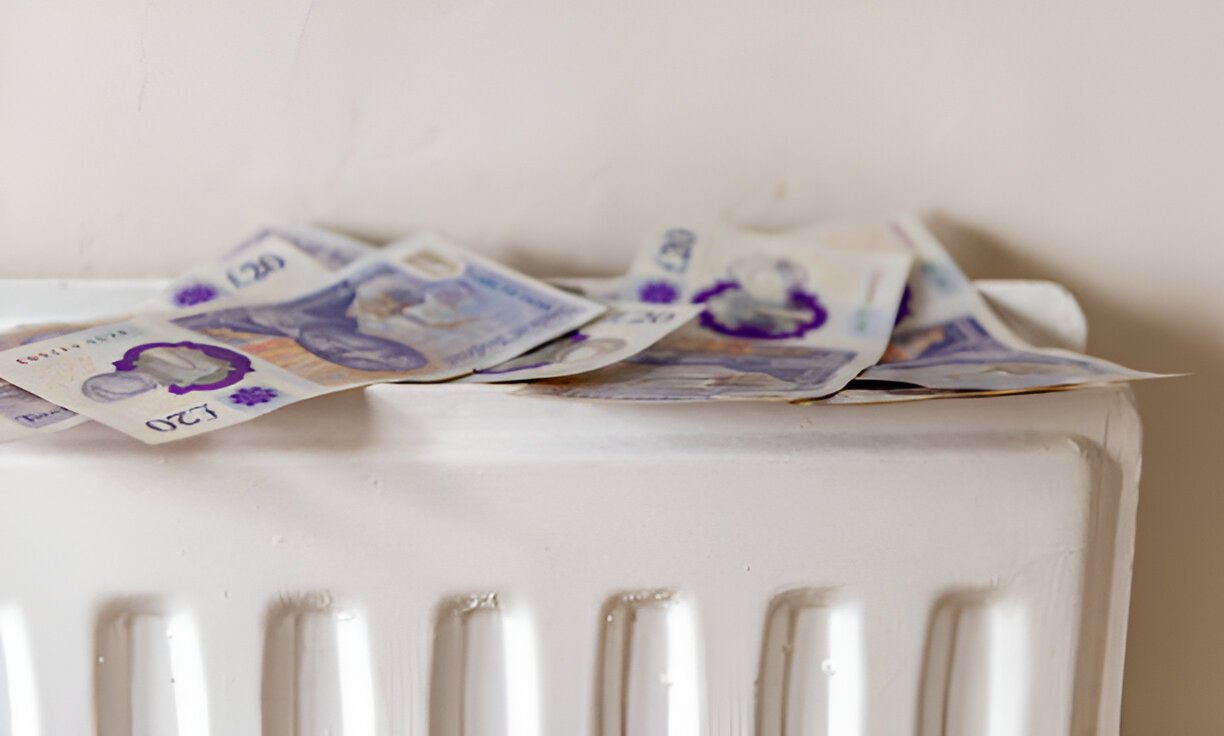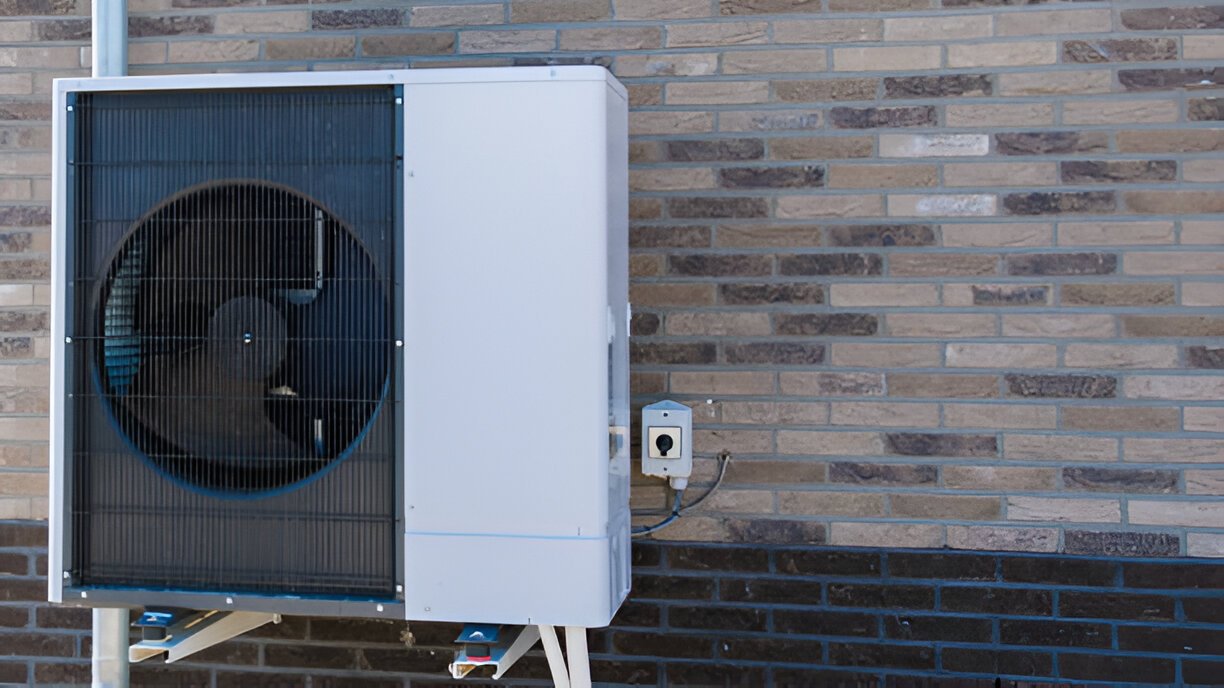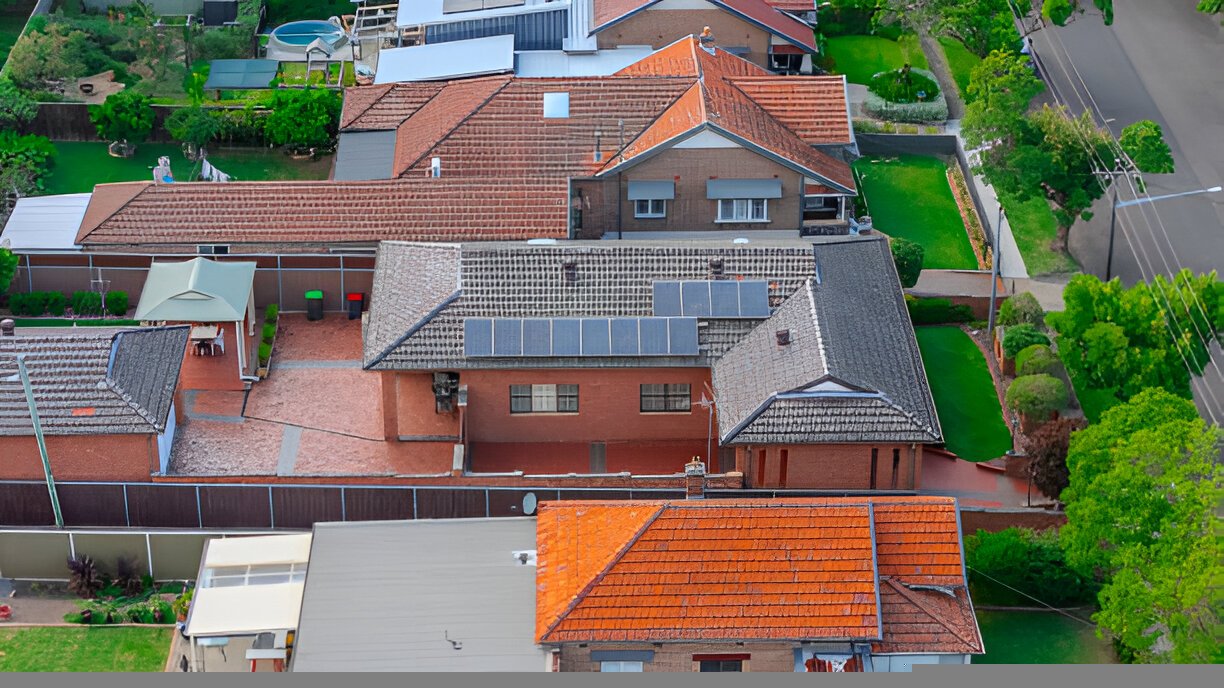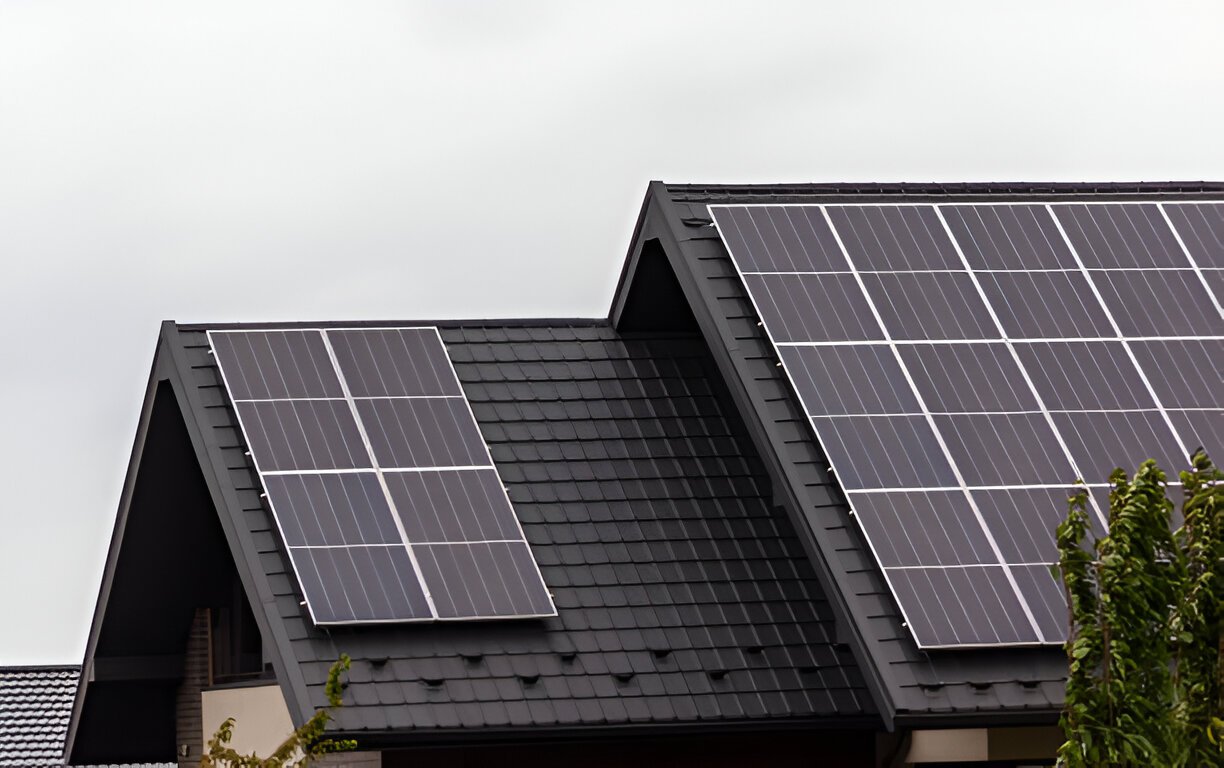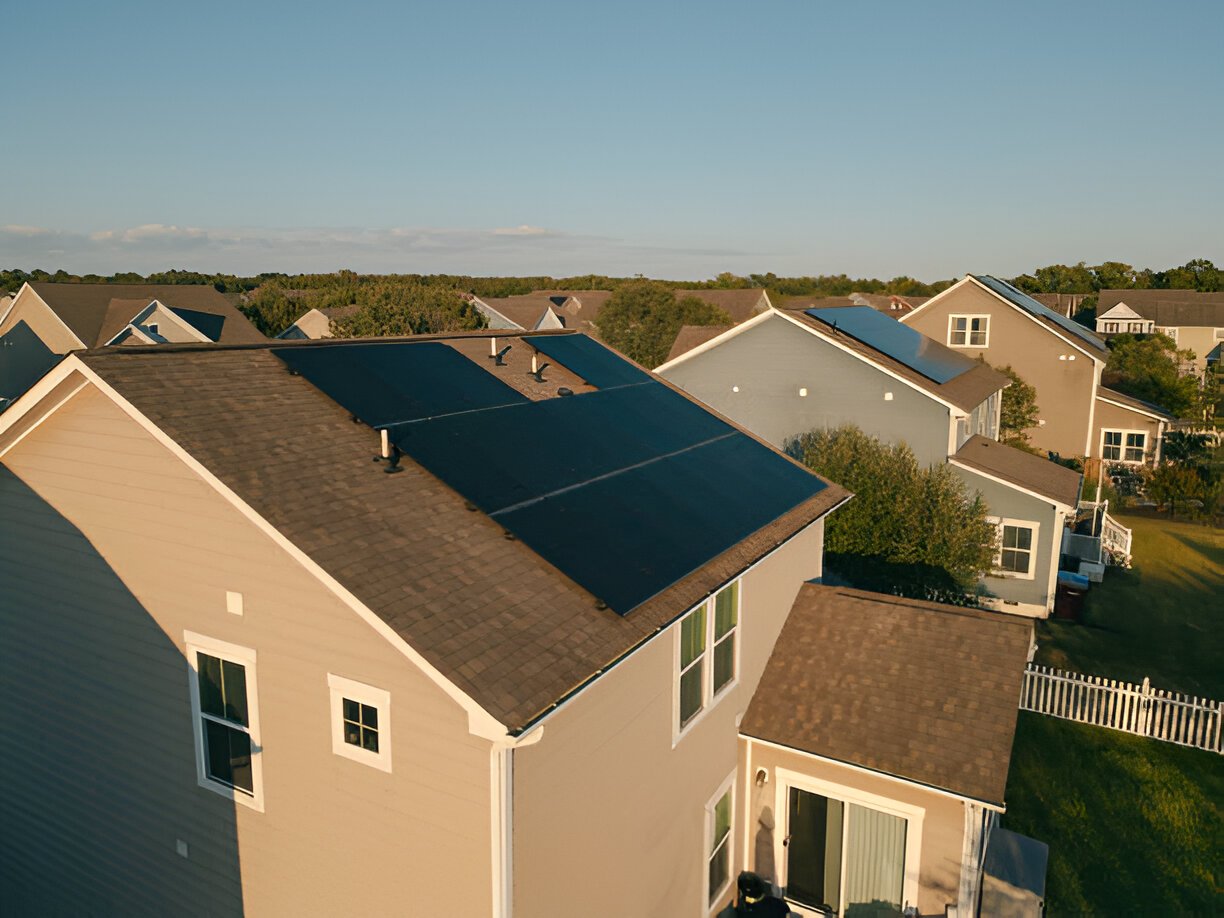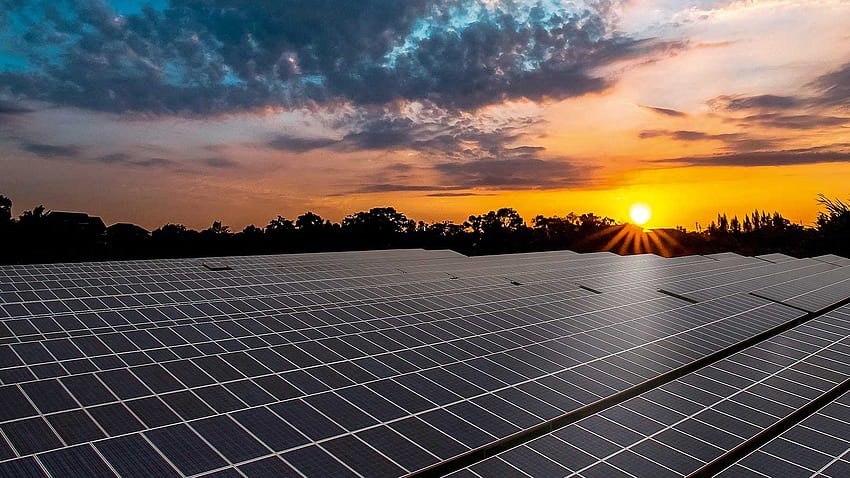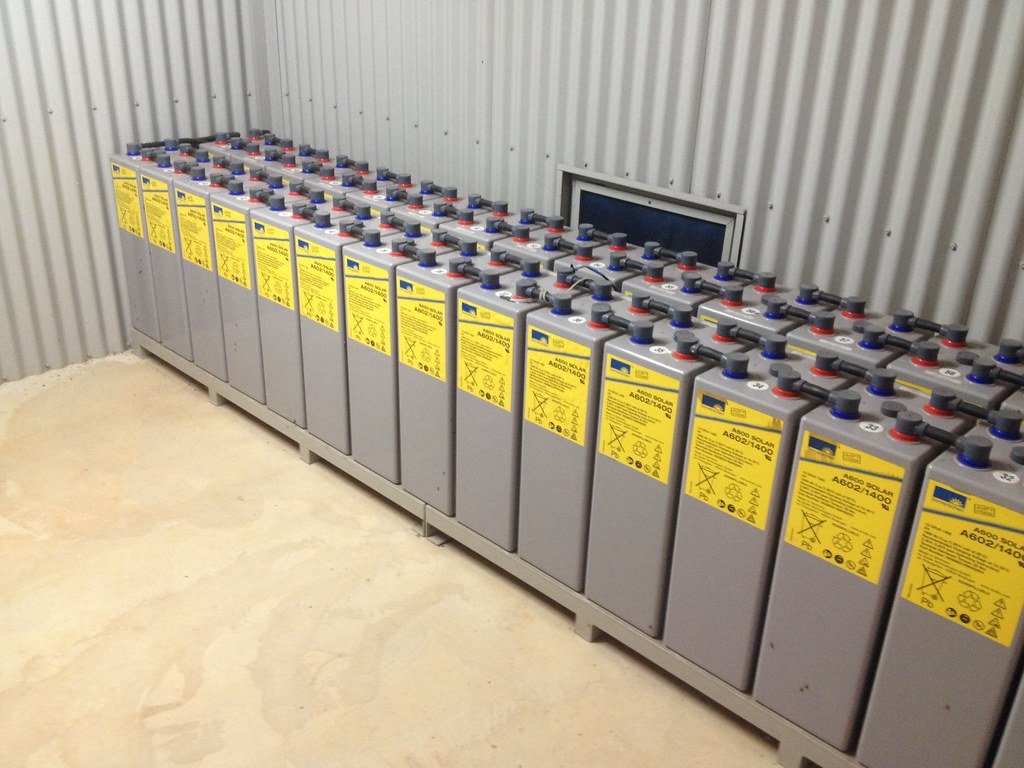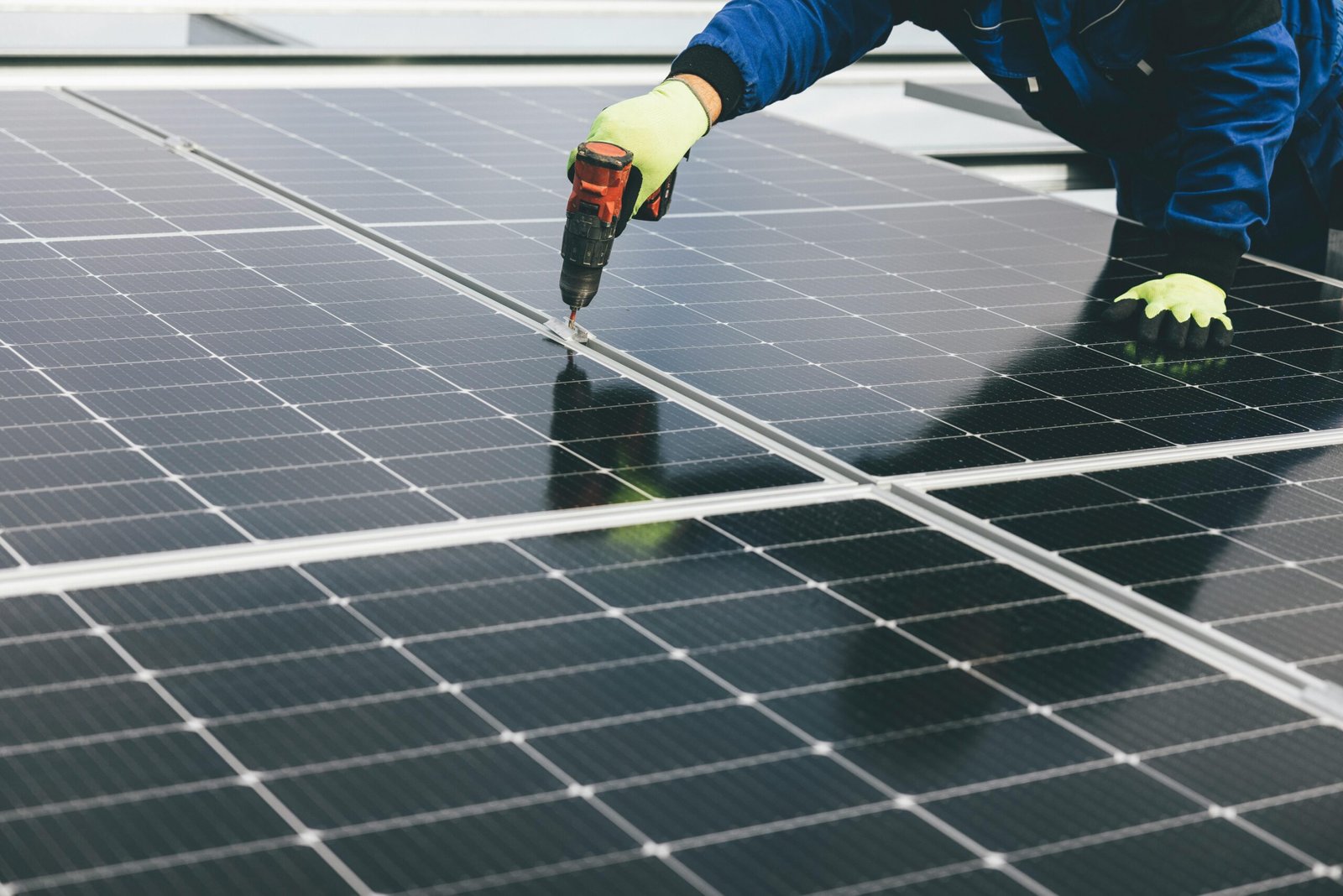Thinking about installing a heat pump? It’s a smart choice for energy efficiency and long-term savings. Heat pumps provide both heating and cooling, making them a versatile option for any home. However, installation requires careful planning.
Before you make the switch, it’s important to understand the different types of heat pumps, the installation process, and key factors to consider. This guide will walk you through everything you need to know for a smooth and hassle-free heat pump installation.
Types of Heat Pumps: Choosing the Right One
Not all heat pumps are the same. The best option depends on your home’s size, climate, and energy needs. Here are the main types:
Air Source Heat Pumps
Air source heat pumps (ASHPs) extract heat from the outside air, even in cold temperatures. They are affordable, efficient, and relatively easy to install. ASHPs work well for most homes and offer great energy savings compared to traditional gas boilers.
Ground Source (Geothermal) Heat Pumps
Ground source heat pumps (GSHPs) use underground pipes to draw heat from the earth. They are more efficient than air source heat pumps but have higher upfront costs. GSHPs require a larger outdoor space for installation.
Hybrid Heat Pumps
Hybrid systems combine a heat pump with a traditional boiler. This setup ensures optimal efficiency by switching between energy sources based on demand. Hybrid heat pumps are ideal for homes needing a backup heating system during extreme cold.
Key Factors to Consider Before Installation
Home Insulation
A well-insulated home maximizes the efficiency of a heat pump. Poor insulation can cause heat loss, making the system work harder and increasing energy consumption. Before installation, check your insulation levels and upgrade if needed.
Available Space
Different heat pumps require varying amounts of space. Ground source heat pumps need outdoor space for pipes, making them ideal for properties with large gardens. Air source heat pumps need proper airflow around the outdoor unit, so they should be placed in an open area free from obstructions.
Climate Conditions
Your local climate affects the performance of a heat pump. Air source heat pumps work well in milder temperatures, but they may struggle in extreme cold. In colder areas, a hybrid system or a high-performance ASHP designed for low temperatures is recommended.
Energy Costs and Savings
While heat pumps can reduce energy bills, the upfront cost can be high. However, long-term savings on heating expenses make them a cost-effective solution.
For instance, ground source systems might have greater installation costs, but their running costs are lower than other types of systems. Air source systems can efficiently replace gas boilers and cut running costs, but are inefficient for places that experience harsh winter weather.
Evaluating potential savings over time will help determine which system is the right choice for your home.
Heat Pump Installation Process: Step-by-Step Guide
Installing a heat pump involves several steps. Here’s what to expect:
- Home assessment: A professional will assess your home’s insulation, heating needs, and space availability.
- Choosing the right system: Based on the assessment, the best heat pump type and size will be selected.
- Site preparation: If installing a ground source heat pump, trenches or boreholes will be dug. Air source units need a stable mounting location.
- Installation of indoor and outdoor units: The outdoor heat pump unit is placed in a well-ventilated area. The indoor unit is connected to existing ductwork or radiators.
- Connecting refrigerant and electrical systems: The technician will ensure all components are properly connected.
- System testing and commissioning: After installation, the system is tested to ensure optimal performance.
- User guidance: The installer will explain how to operate and maintain your new heat pump.
Common Installation Challenges and How to Overcome Them
While heat pump installation is straightforward, some challenges can arise. Here’s how to tackle them:
Limited Outdoor Space
If you lack space for a ground source heat pump, an air source model may be a better fit. Air source heat pumps require less ground area and can be mounted on walls or placed in a compact outdoor unit. Choosing the right unit for your available space is essential for optimal performance.
Noise Concerns
Modern heat pumps are designed to operate quietly, but some noise is inevitable. Placing the outdoor unit away from windows and bedrooms can minimize disruptions. Sound barriers, such as fences or hedges, can further reduce noise levels.
Extreme Weather Conditions
In very cold climates, standard air source heat pumps may struggle to maintain efficiency. Additional insulation, a hybrid heating system, or a cold-climate heat pump can help overcome this issue. Proper placement and maintenance also improve performance in extreme temperatures.
Building Regulations
Some properties require planning permission before installing a heat pump. Checking local regulations early in the process can prevent delays. Working with a certified installer ensures compliance with all legal requirements.
Cost of Installation and Available Incentives
Heat pump installation costs vary based on system type and home size. On average:
- Air source heat pumps: £7,000 – £12,000
- Ground source heat pumps: £15,000 – £25,000
- Hybrid heat pumps: £10,000 – £20,000
Government incentives can help offset costs. In the UK, the Boiler Upgrade Scheme offers grants for homeowners switching to heat pumps. This makes eco-friendly heating more affordable. You can consult your heat pump installers for more information about the incentives available to you.
Finding a Qualified Installer: What to Look For
Choosing the right installer ensures a smooth and efficient installation. However, with a number of installers around, choosing one that gives you high value for money and expert advice is tricky. To select the best one, look for:
- Accreditations: Ensure the installer is MCS-certified and follows industry standards.
- Experience: A well-established installer will have a track record of successful installations.
- Warranty and support: Check for warranties on both the equipment and installation work.
- Customer reviews: Reading testimonials can provide insights into the quality of service.
Renowned heat pump installers like Samso Heat Pumps offer expert installation, industry accreditation, and high-quality service. This means that you get a hassle-free and efficient heat pump setup.
Conclusion: Preparing for a Smooth Installation
Switching to a heat pump is a great investment for your home’s comfort and energy efficiency. Proper planning and choosing the right installer can make the process seamless.
At Samso Heat Pumps, we specialize in expert installation and reliable heat pump solutions. Contact us today to find the best system for your home and start enjoying energy-efficient heating.

